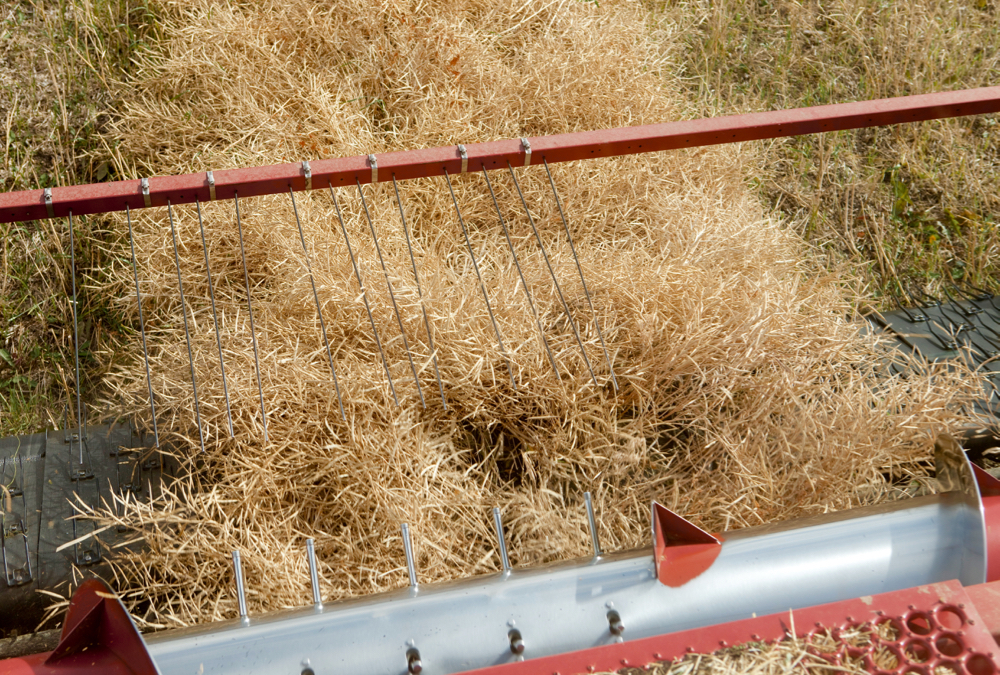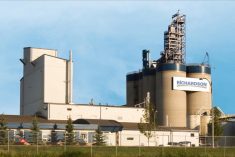Some Prairie canola growers may now be able to get back to their unharvested canola, but the Canola Council of Canada warns that tough or damp canola can still be volatile, even at cooler outdoor temperatures.
The Saskatchewan agriculture ministry on Wednesday reported “a few” growers in the province’s southeast were out harvesting canola last weekend, though the province’s harvest has been largely stalled by rain and snow. Manitoba’s agriculture department on Monday pegged the province’s canola harvest at about 95 per cent complete.
The Alberta agriculture ministry on Tuesday reported harvest as “practically at a standstill,” but said some growers still hoped to complete harvest over the following couple of weeks.
Read Also

Alberta harvest wrapping up: report
Harvest operations advanced to 96 per cent complete in Alberta as of Oct. 7, with only a few late-seeded cereal and canola fields remaining, according to the latest provincial crop report.
Growers should monitor their bins “diligently” and try to make a plan for conditioning the incoming crop before taking such canola off the field, as spoilage can occur rapidly, the council said in a release Friday.
For example, growers will want to try to under-fill their available bin space, if possible. “The less depth to aerate, the better, because it is possible that spoilage could occur before the aeration front even reaches the peak of the bin.”
Even if the air doesn’t have capacity to dry the crop, aeration fans should be kept on, to cool and create uniform temperature conditions in the bin.
Air at temperatures below 10 C has “very limited” drying potential, the council said, so adding supplemental heat if possible can increase the air’s water-holding capacity and thus boost its capacity to dry.
If using supplemental heat with aeration, the council said, the air should be warmed to no more than 15 to 20 C. Aeration systems have a relatively low airflow rate, so air that’s too hot could “bake” seeds closest to the fan.
It’s “potentially” possible to stabilize a bulk of canola if the temperature is uniformly dropped below 5 C, the council said, but drying the canola now is “better than waiting.”
Otherwise, the council said, the canola in the bin will become unstable as soon as temperatures warm up, whether next spring or sometime this fall, and will need to be dried “immediately.” — AGCanada.com Network
















